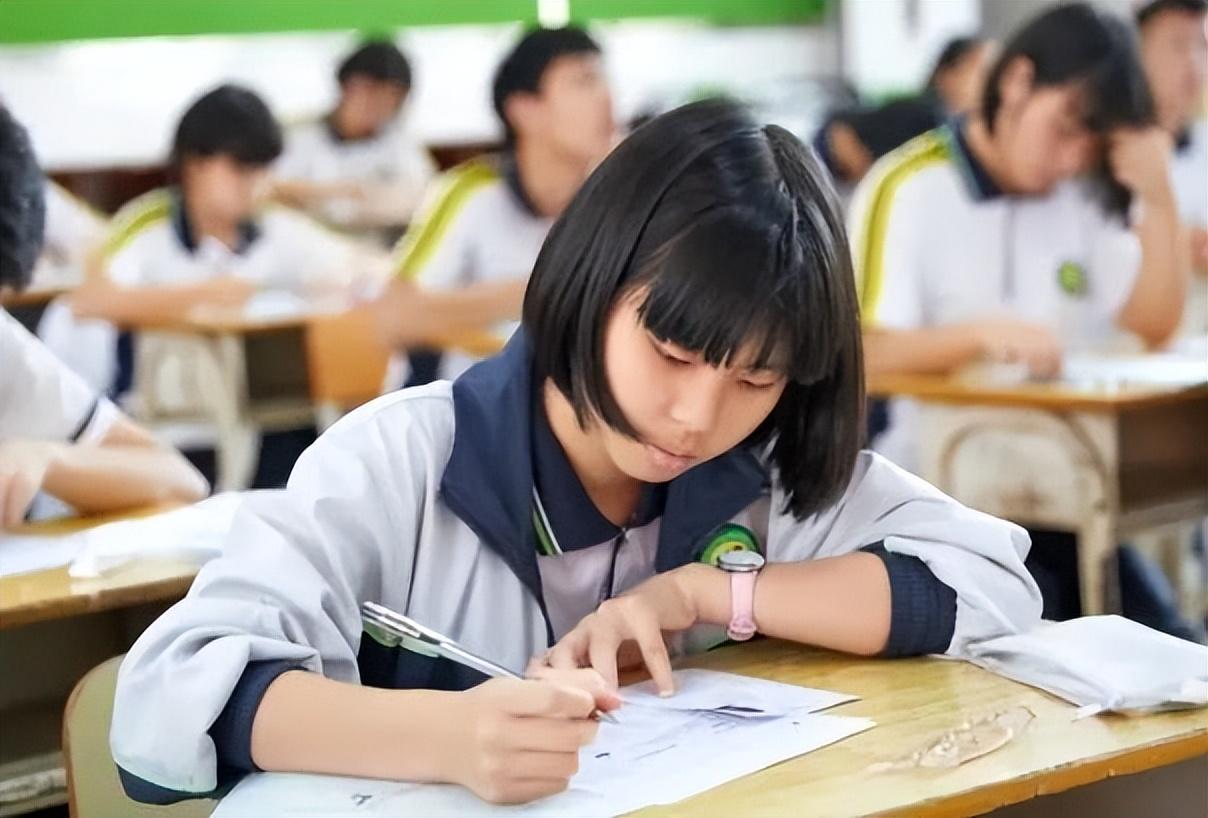新外研版:42篇短文巧記高考英語(yǔ)3500詞(39-B7U3):孔子學(xué)院

(39-Book7 Unit3)Confucius Institute孔子學(xué)院
As media coverage represents,the Confucius Institute is a non-profit organization run by the Chinese Department of Education aiming to strengthen cultural exchange and mutual cooperation. In addition to Chinese language courses, the institute also supports activities, such as conferences, film festivals and art expos.
正如媒體報(bào)道陳述的那樣,孔子學(xué)院是中國(guó)教育部運(yùn)營(yíng)的一個(gè)非營(yíng)利性組織,旨在增強(qiáng)文化交流和相互合作。除了漢語(yǔ)課程,該學(xué)院還支持會(huì)議,電影節(jié)和藝術(shù)展覽會(huì)等活動(dòng)。
Last month, the institute held a conference discussing classics, such as I Ching, The Analects, Thirty-six stratagems and Dream of the Red Chamber. Prior to the conference was a film festival, where many scholars with genius, including historians and Sinologists,were invitedto promote some classic films, such as The Shaolin Templewhose theme tune is Song of the Shepherd, and The Romance of the Three Kingdoms which presents enormous battle scenes.
上個(gè)月,該學(xué)院舉辦了一場(chǎng)經(jīng)典名著討論會(huì),比如《易經(jīng)》,《論語(yǔ)》,《三十六計(jì)》和《紅樓夢(mèng)》。會(huì)議之前是電影節(jié),邀請(qǐng)了包括歷史學(xué)家和漢學(xué)家在內(nèi)的許多極有天賦的學(xué)者去推廣一些經(jīng)典電影,比如主題曲是《牧羊曲》的《少林寺》,展現(xiàn)了宏大戰(zhàn)爭(zhēng)場(chǎng)面的《三國(guó)演義》。
Next month, there’s going be an expo of Dunhuang, an oasis and gateway on the crossroads of old Silk Road. Today, it boasts the Mogao Grottoes, where statues, ceramics, scrolls and murals are testimony to Ancient China’s glorious culture. The murals, which reached a peakduring the Tang Dynasty and whose subjects vary from religious characters such as Taoist priests to heavenly immortals like Apsaras, are sure to strike a chord with you.
下個(gè)月,將有一場(chǎng)敦煌博覽會(huì)。它是位于古絲綢之路十字路口的一處綠洲和門戶。如今,它以擁有莫高窟而自豪,窟中的雕塑, 陶瓷,卷軸和壁畫都是古代中國(guó)燦爛文化的證明。敦煌壁畫在唐朝達(dá)到頂峰,其主題多樣,從道士這樣的宗教人物到“飛天”這樣的天國(guó)之神都有,一定會(huì)引起你的共鳴。
未融入單詞表詞匯:無(wú)
<!--article_adlist[本資料內(nèi)容特點(diǎn):
1.一篇短文融入課本一個(gè)單元所有單詞表詞匯、重點(diǎn)短語(yǔ)、高級(jí)句式。
2.對(duì)于疑難詞匯,在上下文中體現(xiàn)其一詞多義,熟詞生義,同義近義。
3.不斷復(fù)現(xiàn)本單元語(yǔ)法項(xiàng)目的各個(gè)要點(diǎn),并盡量符合本單元寫作主題。
4.后面單元的短文對(duì)前面單元的重點(diǎn)詞匯進(jìn)行不斷復(fù)現(xiàn),符合記憶規(guī)律。
本資料適合群體:
1.使用新外研版教材的高一高二學(xué)生。學(xué)完一個(gè)單元的新課后通過(guò)背誦進(jìn)行單元鞏固。
2.使用新外研版教材的高三學(xué)生。一輪二輪復(fù)習(xí)中,通過(guò)大量背誦進(jìn)行全套教材回顧。
3.即將使用新外研版教材的初四畢業(yè)生。作為閱讀材料,進(jìn)行高中詞匯的預(yù)習(xí)和記憶。
4.用過(guò)新外研版高中教材的大二大三生。在準(zhǔn)備四級(jí)時(shí),通過(guò)背誦快速恢復(fù)高中詞匯。
]article_adlist-->








